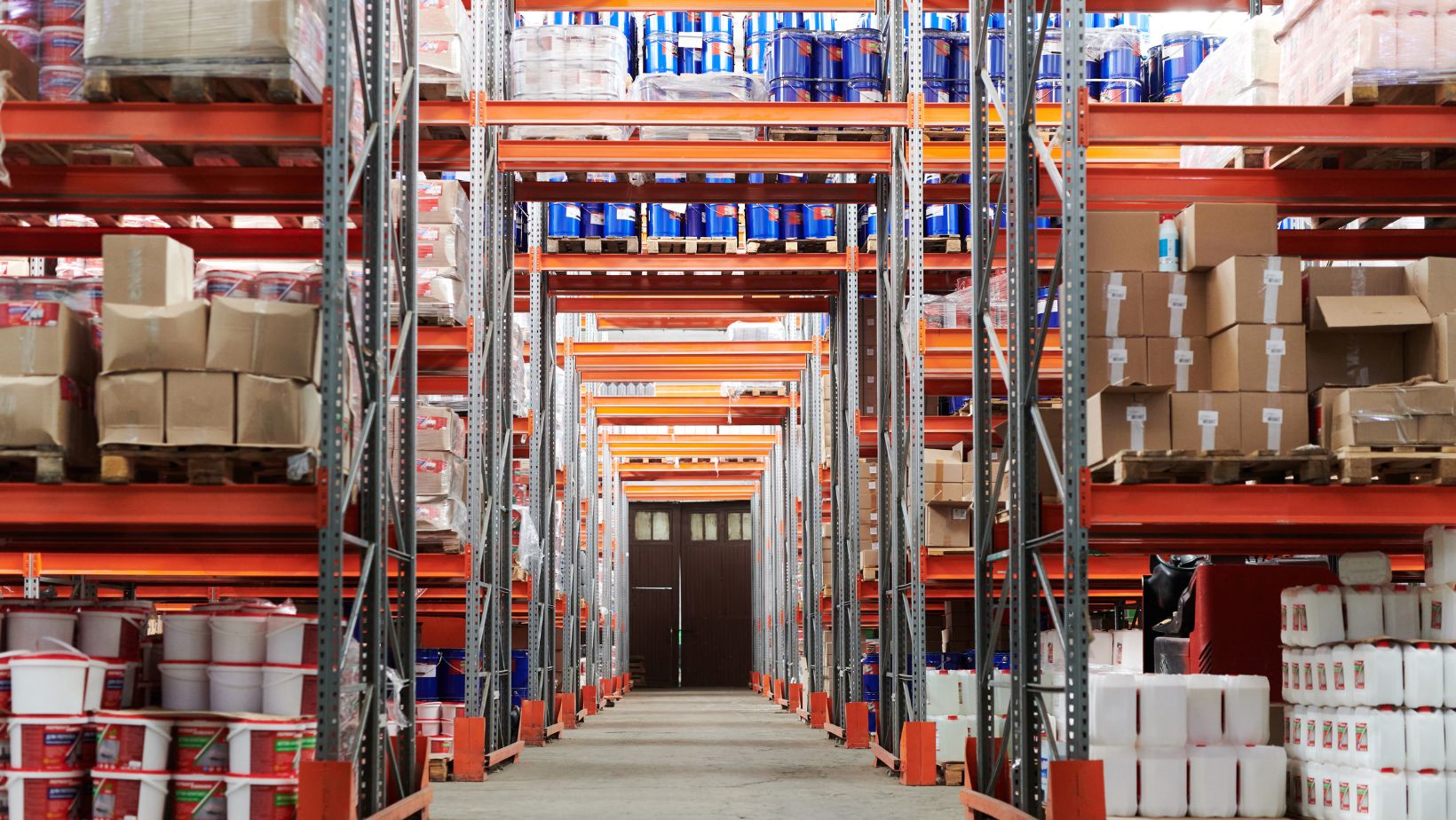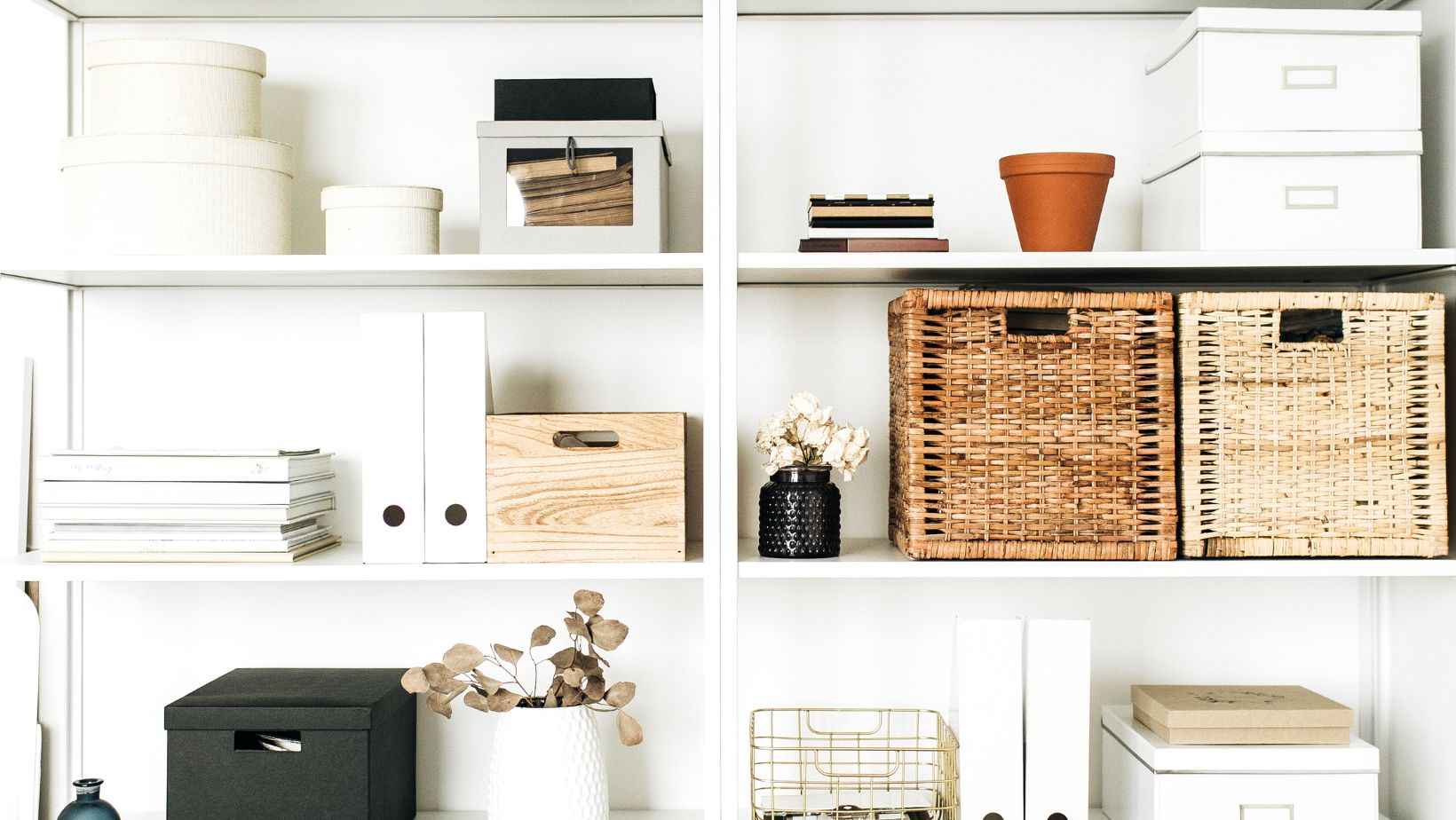
Self-storage units offer a convenient alternative to safely store frequently used items at home or in your business. Rent the space you need, and keep items inside the unit for as long as you need.
You can keep almost anything in a self-storage unit, like furniture, appliances, and tools. Using one gives more space to your house or office and tucks your belongings in a safe place The greatest benefit of self-storage units is storing anything you want without worry. However, sensitive items like glassware, important documents, and things of high value need more attention when packing.
If you need a space to store sensitive items, self-storage units in Mansfield can help you with that. But first, you need to sort out what sharp things to store, what to leave behind, and how to pack them properly.
The process of sorting, packing, and storing sensitive items consumes time. These five tips will guide you and get you started:
Sort Items You Want to Keep
Go through your home or office and see what you can store in the self-storage unit. Create a list of items to store for reference. Go back to this list as you pack your items later on.
Keep items with sentimental value with you, like wedding dresses. Appraise antique items to determine their worth before you store them. Most of the time, it’s better to keep the antiques with you if they have a high value.
Clean and Prepare the Items
Now that you’re done sorting your things, clean and prepare them for storage.
Wipe your belongings to free them of dust, dirt, and grime that cause long-term damage. Dry your things to avoid moisture and excess humidity from damaging them. Water can dampen your documents and rust the paper. The rust covers the print on paper and makes it brittle.
Look for small cracks and repair them when you can. If you’re unsure whether to keep an item with even a little imperfection, leaving it out of storage is better.
Choose the Right Packing Materials
The storage saga’s first part is sorting, cleaning, and preparing your sensitive items. Packing the items is another story.
Choosing the right packaging material is important. Proper packing with the right materials avoids damage and keeps your belongings safe. However, different materials work better for different items. Just take what’s available and start packing.
Bubble wraps are best used for wrapping delicate items. They provide a cushion in case the item falls on the ground. Moving boxes is another option for storing all sorts of items like cookware. Foam sheets are great for adding an extra layer of protection between items.
Still trying to wrap sensitive items? Here are some tips for packing the most common ones:
● Glass: Wrap glass cups and figurines in bubble wrap to cushion in case they fall.
● Electronics: Wipe the dust off your televisions, old computers, and gaming systems to remove moisture. Wrap them in fabric and place them in sturdy, water-tight plastic bins to keep them dry.
● Documents: Sometimes, printed documents need to be stored somewhere safe. Wrap them in plastic to protect them from moisture and water damage.

Think of Environmental Conditions
You’re done carefully packing your items. Now you’re ready to store them. But these aren’t the only factors you need to consider. Environmental conditions can potentially affect your precious items.
The two major concerns at play are:
● Temperature: Storing items in a space that is too hot or cold can affect fragile items. These extreme temperatures can cause potential damage or worsen an existing one. Store items in a climate-controlled storage unit to keep them away from any damage.
● Humidity: High humidity is one factor that contributes to potential damage. Excess moisture damages metal, instruments, and furniture. Wrap items carefully before storing them. Use silica gel packs to remove excess moisture when applicable.
Organize the Sensitive Items
All the sorting, packing, and storing are done. Here’s how you organise the items inside the storage unit:
● Keep fragile items off the ground. Putting them directly on the ground invites pests and water damage to destroy your items. Place fragile items on top of larger items. You can also put a layer between the ground and the fragile items to ensure safety.
● Put the heaviest items at the bottom to provide a solid foundation for every item you place on top.
● Place the most fragile items at the very top of the stack. This protects such items from damage since they’re far from the ground, where most of the dirt lies.

Final Thoughts
Storing sensitive items needs extra thought and planning. You wouldn’t want to risk seeing broken glassware or documents drenched in moisture because you failed to use the right storing strategies. Consider these practical tips when you need to keep such delicate items.
Work with a reliable storage company to help you carefully store sensitive items. Find a self-storage facility with temperature control and extensive security measures to protect your items. Don’t forget to check the prices and their offers to get the space you need.
Here at Store More, we value your sensitive items to the fullest. We have tailor-made solutions to your storage needs. Rent a unit today to experience a stress-free storage journey!





